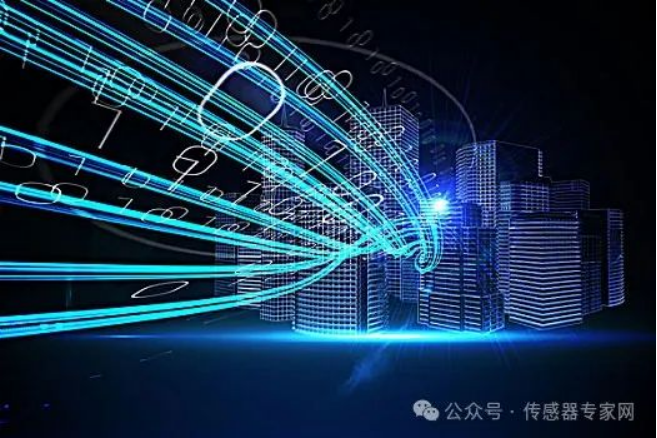In today's rapidly advancing technology, sensors, as the "tentacles" of the information age, are penetrating into every aspect of our lives at an unprecedented speed. Among them, the light sensor, as a key environmental sensing component, has become an important force in promoting intelligent and energy-saving development with its unique working principle and wide application scenarios. This article will delve into the working principle, function, and applications of light sensors in multiple fields.

Working principle of light sensor
Light sensor is an electronic device that can convert light signals into electrical signals, and its core lies in the collaborative work of photosensitive elements and signal processing circuits. Common photosensitive components include photoresistors (LDRs), photodiodes, and photocells. Taking photoresistors as an example, when ambient light shines on their surface, the electrons inside the semiconductor material are excited, causing the resistance value to change with the intensity of light: as light intensity increases, the resistance value decreases; The light weakens and the resistance value increases. This process realizes the conversion of light energy into electrical energy, providing a foundation for subsequent signal processing.
The signal processing circuit is responsible for receiving electrical signals from photosensitive components, amplifying, filtering, and calibrating them, and ultimately outputting voltage or current values corresponding to the intensity of light. This process ensures that the light sensor can accurately and stably reflect changes in ambient light intensity.
The function of light sensor
The main function of a light sensor is to detect the intensity of light in the surrounding environment and convert the detection results into electrical signals for subsequent processing and control. This ability enables it to play a crucial role in multiple fields. Firstly, by monitoring the light intensity in real-time, the light sensor can guide the intelligent adjustment of the lighting system, achieving energy conservation and emission reduction; Secondly, in industrial production, agricultural planting and other fields, light sensors can ensure the stability of the production process and product quality; In addition, light sensors also play an indispensable role in traffic safety, environmental monitoring, and other aspects.
Application scenarios of light sensors
In the field of smart homes: In smart home systems, light sensors can monitor indoor light intensity in real time, automatically adjust light brightness, improve living comfort while saving energy. In addition, it can also be linked with air conditioning, heating and other equipment to achieve more intelligent energy-saving control.
Industrial production: In industries such as pharmaceuticals and precision manufacturing, light sensors are used to monitor and control the intensity of light in the production environment, ensuring product quality and stability of the production process. By precisely controlling the lighting conditions, product defects caused by improper lighting can be effectively prevented.
Agricultural planting: In the field of agriculture, light sensors are an important component of smart agriculture. It can monitor the real-time light intensity and duration in farmland or greenhouses, helping farmers to arrange the planting and harvesting time of crops reasonably, optimize irrigation and fertilization plans, and improve crop yield and quality.
Traffic safety: In the field of transportation, light sensors are widely used in traffic signal lights and vehicle lighting systems. They can monitor the ambient light intensity in real time, automatically adjust the brightness of signal lights and vehicle lights, and improve traffic safety and efficiency.
Environmental monitoring: Light sensors can also be used in environmental monitoring systems, such as measuring and recording changes in natural light intensity, analyzing and predicting weather and climate change, etc. These data are of great significance for urban planning, environmental protection, and scientific research.
Photography and videography: In the field of photography and videography, light sensors are used to measure the light intensity of a scene, helping photographers and videographers adjust exposure parameters to ensure that the captured image is bright and detailed.
As an important environmental sensing component, the light sensor plays a crucial role in promoting intelligent and energy-saving development due to its unique working principle and wide range of application scenarios. From smart homes to industrial production, from agricultural planting to traffic safety, light sensors are everywhere changing the way we live and work. With the continuous advancement of technology and the expansion of applications, light sensors will inevitably demonstrate their unique charm and value in more fields.
Source: Sensor Expert Network. If there is any infringement, please contact us for deletion.



